Cats are masters of disguise when it comes to showing vulnerability. Unlike dogs who might whine or become clingy when upset, cats have evolved to hide signs of weakness—a survival mechanism from their wild ancestors. This stoic behavior means that stress in cats often goes unnoticed until it manifests as serious behavioral or health problems. Understanding the subtle signals your feline friend sends when experiencing stress is crucial for their wellbeing. This article explores twelve key indicators that your cat might be secretly suffering from stress, allowing you to intervene early and help your beloved pet live a happier, healthier life.
12. Changes in Litter Box Habits

One of the most reliable indicators of feline stress is a change in litter box behavior. A cat that was previously consistent with their bathroom habits may suddenly start eliminating outside the box when experiencing anxiety or stress. This can manifest as urine marking on vertical surfaces, defecating in hidden areas of your home, or simply refusing to use the litter box altogether.
This behavior isn’t spite or laziness—it’s a clear communication that something is wrong. Studies show that approximately 75% of cats with inappropriate elimination behaviors have an underlying stress component. Pay particular attention if your fastidious feline suddenly develops litter box aversion following a change in your household routine, the addition of a new family member (human or animal), or after moving to a new home. These environmental changes are common stress triggers that directly impact litter box compliance.
11. Excessive Grooming and Hair Loss
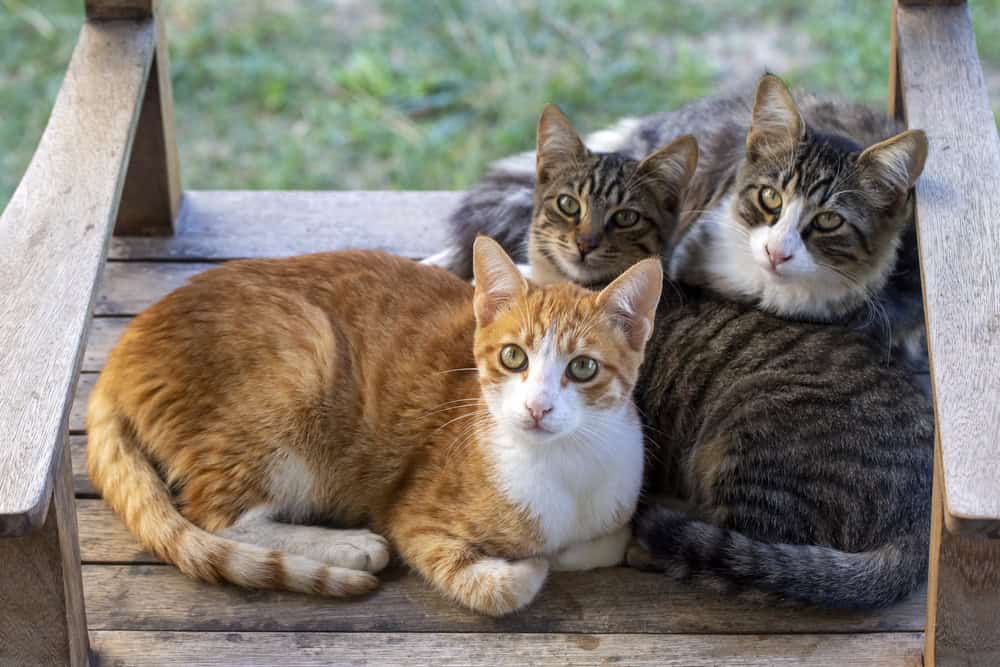
Cats typically spend between 30-50% of their waking hours grooming themselves, but stress can transform this normal behavior into an obsessive activity. When a cat becomes anxious, they may resort to over-grooming as a self-soothing mechanism, similar to how humans might bite their nails when nervous. This excessive licking, particularly focused on a single area, can lead to bald patches, skin irritation, and even painful lesions known as psychogenic alopecia.
Look for hair loss particularly on the belly, inner thighs, or the base of the tail—areas most commonly targeted during stress-grooming sessions. In severe cases, you might notice your cat’s skin becoming red, inflamed, or developing scabs. If you observe your cat obsessively grooming to the point of hair loss, it’s important to consult with your veterinarian, as this self-destructive behavior indicates significant psychological distress that requires intervention.
10. Increased Hiding or Seeking Isolation

A stressed cat often seeks safety in solitude. If your typically social feline suddenly starts spending excessive time under the bed, in closets, or in rarely-used rooms, this retreat behavior may signal that they’re feeling overwhelmed. Cats naturally seek high perches or enclosed spaces when they feel threatened, as these locations provide both security and a tactical advantage for observing potential dangers from a distance.
Pay attention to the duration and frequency of hiding behaviors. While occasional retreat is normal for cats who need downtime, extended periods of isolation that represent a clear departure from your pet’s normal behavior warrant concern. This is especially true if the hiding coincides with other changes in your household environment or routine. A cat that refuses to come out even for meals or favorite activities is demonstrating a high level of anxiety that shouldn’t be ignored.
9. Changes in Vocalization Patterns
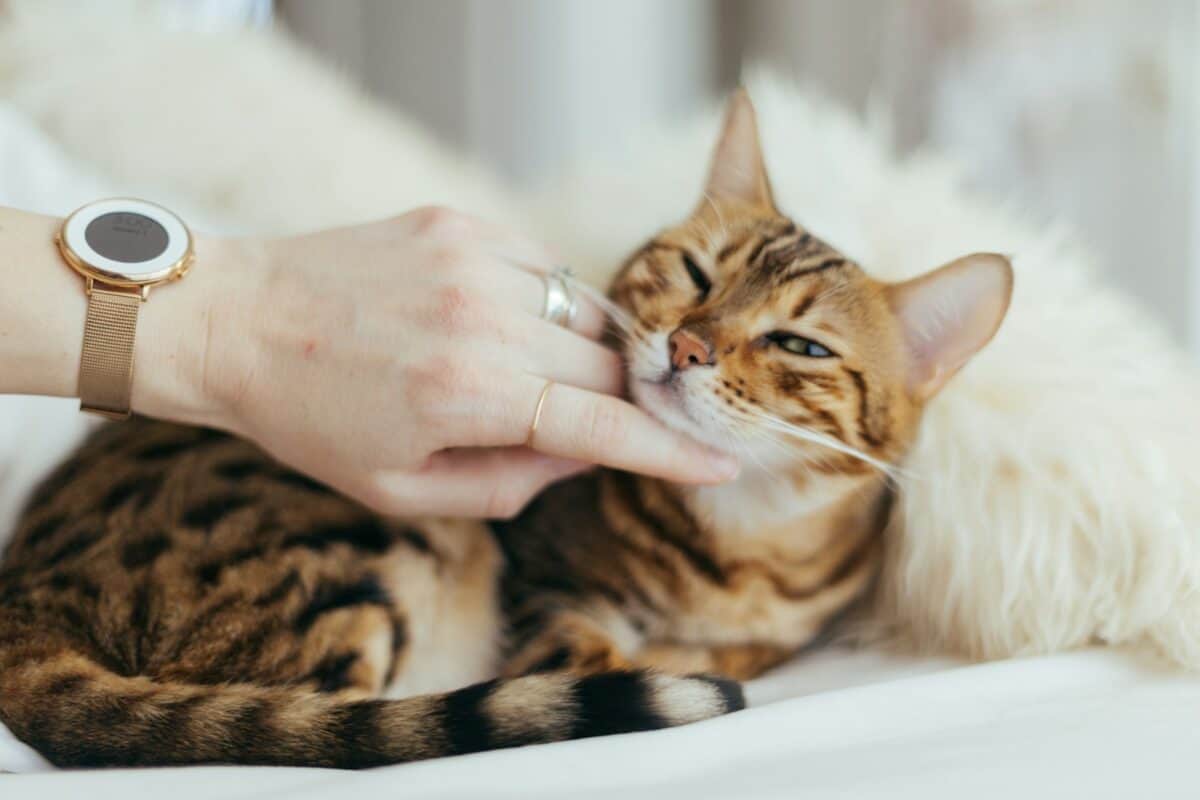
Your cat’s vocal communications can provide valuable insights into their emotional state. A stressed cat may become either unusually quiet or excessively vocal. Some cats express anxiety through increased meowing, yowling, or crying, particularly at night when the house is quiet and they feel more vulnerable. These vocalizations often have a distinctive, mournful quality that differs from their normal communication sounds.
Conversely, a cat that suddenly becomes silent when they were previously chatty might also be experiencing stress. This withdrawal from vocal communication can indicate a desire to avoid drawing attention to themselves—a protective mechanism when feeling threatened. Any significant change in your cat’s “talking” habits, whether becoming more talkative or conspicuously quiet, deserves attention, especially when accompanied by other behavioral changes on this list.
8. Decreased Appetite or Interest in Food

Most healthy cats have consistent eating habits and show enthusiasm for mealtime. When stress enters the picture, many cats respond with reduced appetite or complete food avoidance. Chronic stress activates physiological responses that can suppress hunger, making even favorite treats suddenly unappetizing. A cat that turns away from food, eats significantly less than usual, or approaches the food bowl with hesitation may be communicating psychological distress.
Monitor your cat’s eating habits closely, as appetite changes can quickly lead to serious health complications. A stressed cat that stops eating for more than 24-48 hours is at risk for hepatic lipidosis (fatty liver disease), a potentially life-threatening condition. Weight loss accompanying reduced food intake is another red flag that should prompt veterinary consultation. Remember that while stress can cause appetite suppression, numerous medical conditions can produce the same symptom, making professional assessment crucial.
7. Excessive Sleeping or Lethargy

While cats are naturally prolific sleepers—typically logging 12-16 hours of sleep daily—stress can push this normal behavior to extremes. A cat experiencing chronic anxiety may retreat into excessive sleep as a coping mechanism to escape their stressful reality. You might notice your cat sleeping in unusual locations, becoming difficult to rouse, or showing disinterest in activities that previously engaged them.
The quality of sleep is also important to observe. A stressed cat often doesn’t experience restorative sleep despite spending more time in sleeping positions. They may appear to be sleeping but show subtle signs of alertness such as twitching ears, partially open eyes, or a tense body posture. This hypervigilant state prevents true relaxation, creating a cycle where increased sleep doesn’t actually relieve fatigue. If your cat seems perpetually exhausted despite sleeping more than usual, stress could be disrupting their ability to truly rest.
6. Increased Aggression or Fearfulness

A stressed cat may display personality changes that manifest as either increased aggression or heightened fearfulness. Cats that previously tolerated handling may suddenly hiss, swat, or bite when approached. This defensive aggression is not a character flaw but a stress response indicating that your cat feels threatened and unable to escape. Look for dilated pupils, flattened ears, and a puffed tail—physical signs that accompany stress-induced aggression.
On the other end of the spectrum, some cats become abnormally fearful when stressed. This might appear as exaggerated startle responses to normal household sounds, trembling when handled, or fleeing from familiar people. Research indicates that chronic stress can actually alter brain chemistry in cats, lowering the threshold for fear responses and creating a state of persistent anxiety. If your once-confident cat begins showing these fearful behaviors without obvious provocation, underlying stress is a likely culprit.
5. Excessive Scratching of Furniture or Surfaces

Scratching is a natural and necessary behavior for cats that serves multiple purposes: it maintains claw health, provides stretching exercise, and marks territory with both visual cues and pheromones from the paw pads. However, when stress enters the equation, this normal behavior can intensify dramatically. A stressed cat may suddenly increase both the frequency and intensity of scratching, often targeting new locations throughout your home.
Pay attention to the context and pattern of scratching behavior. Stress-related scratching often occurs in areas associated with household entry points, such as doorframes, windows, or furniture near doors. This territorial marking increases when cats feel their space is threatened. You might also notice that the scratching appears more frantic or persistent than normal maintenance scratching, sometimes continuing until the cat exhausts themselves. This compulsive quality distinguishes stress scratching from routine claw maintenance and signals that your cat is attempting to self-soothe through repetitive behavior.
4. Digestive Disturbances and Vomiting

The connection between stress and digestive health is strong in cats, just as it is in humans. When cats experience anxiety or emotional distress, their digestive systems often react with symptoms including diarrhea, constipation, or increased vomiting. The gut-brain connection means that stress hormones directly impact digestive function, altering motility and secretions in ways that disrupt normal processes.
Chronic stress can lead to inflammatory conditions in the digestive tract, making symptoms persist even after the initial stressor has been removed. A particularly telling sign is when digestive issues repeatedly occur in specific situations known to cause anxiety for your cat, such as before veterinary visits, when guests arrive, or during thunderstorms. While occasional hairballs or digestive upsets are normal for most cats, patterns of digestive disturbance that correlate with potentially stressful events or changes in routine suggest a psychological component that deserves attention.
3. Compulsive Behaviors and Repetitive Actions
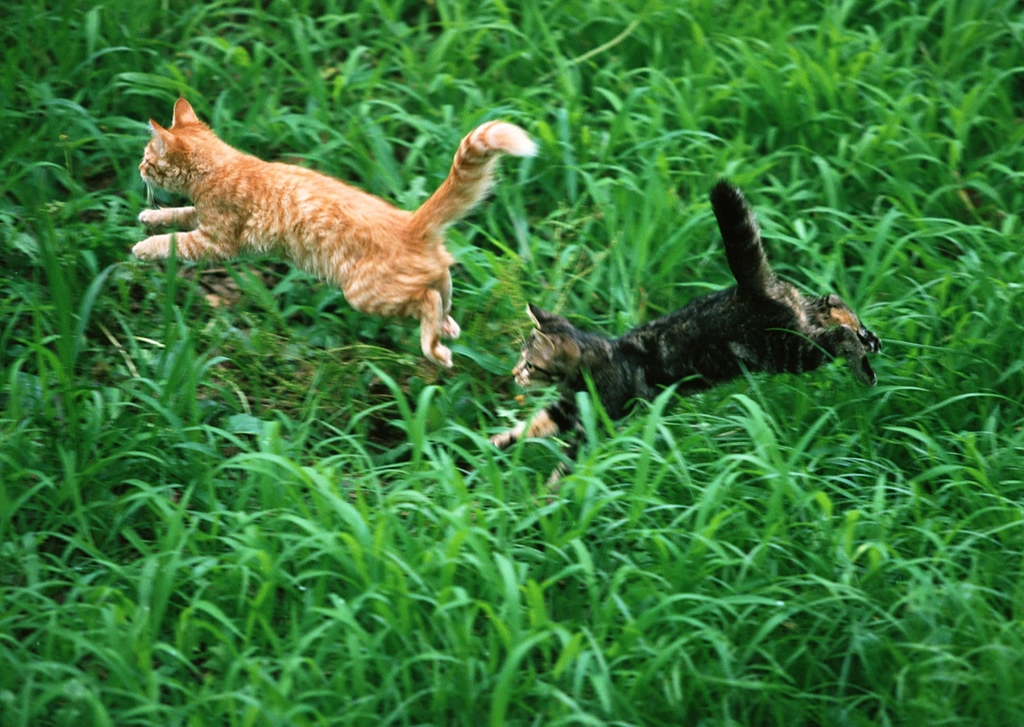
Cats under stress sometimes develop compulsive behaviors as coping mechanisms. These repetitive, seemingly purposeless actions might include excessive paw licking, tail chasing, fabric or plastic chewing, or rhythmic head bobbing. Unlike normal play behaviors which have a logical beginning and end, compulsive behaviors appear driven and difficult for the cat to stop voluntarily. They often intensify during periods of increased stress and may continue until the cat is physically exhausted.
Some cats develop pica—the consumption of non-food items—as a stress response. This might manifest as wool-sucking, plastic-chewing, or ingestion of string, paper, or household plants. While certain breeds like Siamese and Burmese have genetic predispositions toward these behaviors, sudden onset of compulsive actions in any cat should raise concerns about their emotional wellbeing. These behaviors not only indicate psychological distress but can also pose physical dangers if cats ingest harmful materials or develop self-injuries from excessive repetitive movements.
2. Changes in Body Posture and Facial Expression
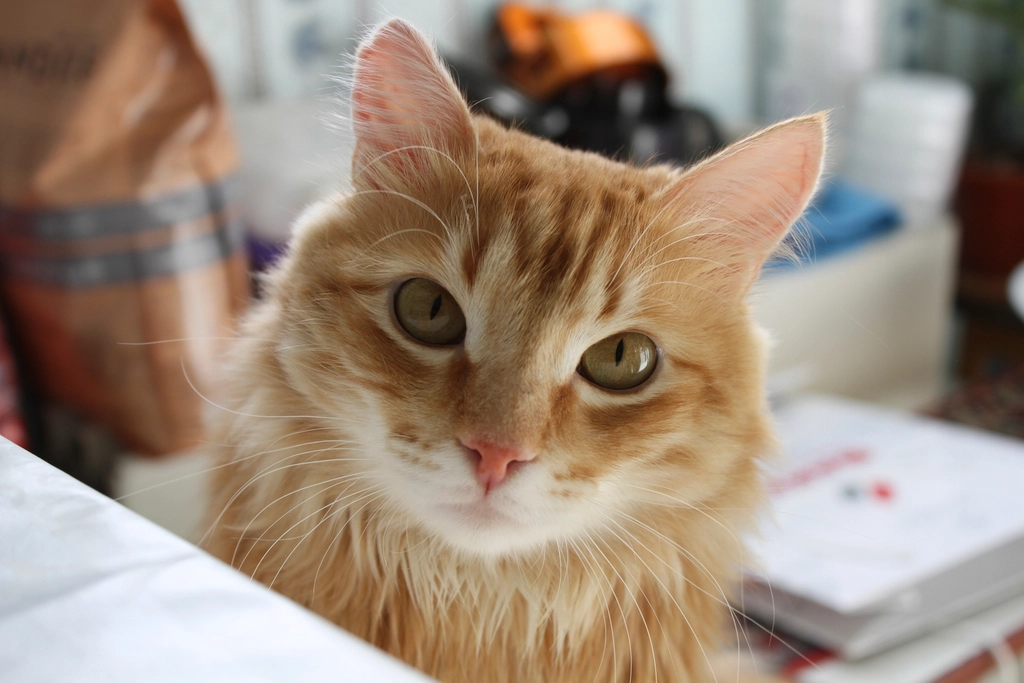
A cat’s body language reveals volumes about their emotional state, with subtle changes often providing the earliest indicators of stress. A stressed cat typically adopts a hunched, compact posture with tense muscles and a lowered head. Their tail might be tucked close to the body rather than held in the relaxed, upright position seen in content cats. Even while resting, a stressed cat rarely appears fully relaxed, maintaining a degree of muscle tension that suggests readiness for flight.
Facial expressions are equally telling, though often more subtle. Look for pupils that remain dilated even in normal lighting, whiskers pulled back against the face rather than extended forward, and ears that rotate between forward and backward positions as the cat monitors their environment hypervigilantly. The “stress face” in cats also includes tightened facial muscles, particularly around the eyes and mouth, creating a tense expression distinct from their relaxed countenance. These physical manifestations of stress occur involuntarily and provide honest communication about your cat’s emotional state before more obvious behavioral changes emerge.
1. Excessive Self-Focused Behaviors

Stressed cats often engage in exaggerated versions of normal self-focused behaviors. Beyond the previously mentioned over-grooming, this category includes excessive face rubbing against objects, increased frequency of scratching (even without producing normal scratch marks), and repetitive self-inspection behaviors such as biting at their nails or repeatedly checking their tail or flanks. These behaviors stem from the cat’s attempt to self-soothe through familiar actions but take on a compulsive quality when stress levels remain elevated.
Another self-focused stress response is unusual sleeping positions that differ from your cat’s normal preferences. Some stressed cats begin sleeping in extremely tight balls with their face hidden, while others might sleep in exposed areas but maintain an alert posture rather than relaxing fully. Disrupted sleeping patterns often accompany these changes, with cats cycling through brief periods of sleep followed by alert scanning of their environment. If your cat seems unusually fixated on self-directed behaviors or has altered their typical rest patterns, these subtle changes may indicate they’re experiencing ongoing psychological stress.
Conclusion: Helping Your Stressed Cat Find Relief
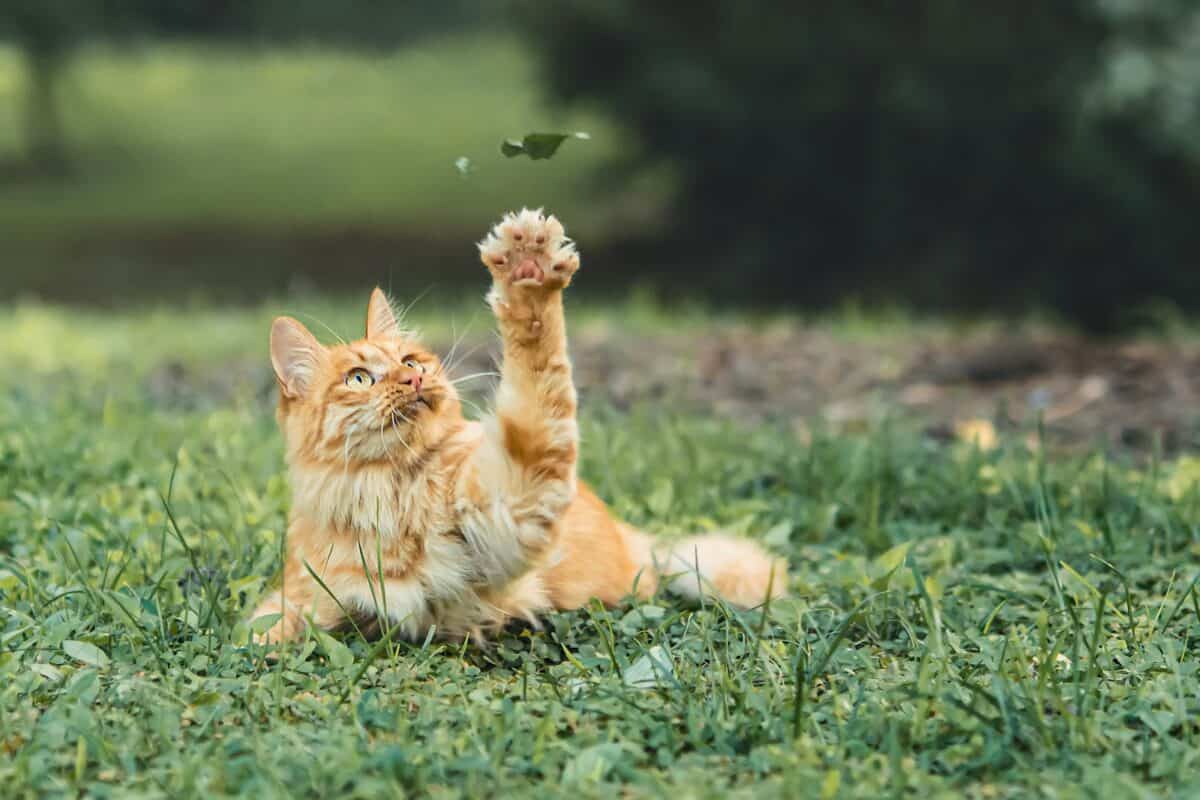
Recognizing stress signals in your cat is only the first step—taking appropriate action to address the underlying causes is equally important. Start by consulting with your veterinarian to rule out medical conditions that might mimic stress symptoms. Once health issues are excluded, work with your vet or a certified feline behaviorist to identify specific stressors in your cat’s environment and develop a tailored stress-reduction plan. This might include creating more vertical space, establishing predictable daily routines, or introducing appropriate environmental enrichment.
Remember that cats thrive on consistency and control over their environment. Even positive changes like new furniture or family members require careful introduction and adjustment periods. Pheromone products like Feliway, specialized anxiety-reducing diets, and in some cases, medication may provide additional support for severely stressed cats. Most importantly, approach your cat’s stress with patience and compassion—recovery takes time, but with attentive care, most cats can return to their balanced, contented selves. By becoming fluent in your cat’s subtle stress language, you’ve taken the most crucial step toward ensuring their emotional wellbeing and strengthening the special bond you share.
- 12 Ways to Tell If Your Cat Is Secretly Stressed - August 12, 2025
- 13 Bird Species That Can Fly for Days Without Landing - August 12, 2025
- 14 Raptors With Unbelievable Hunting Abilities - August 12, 2025

